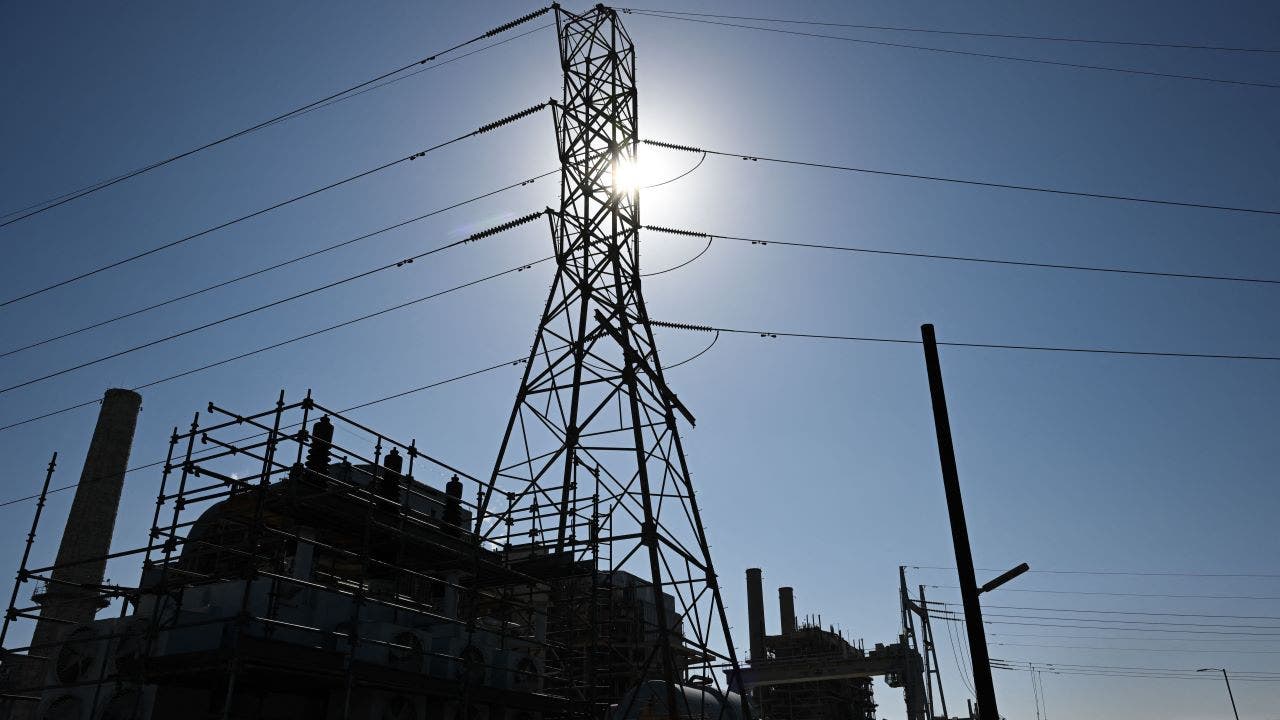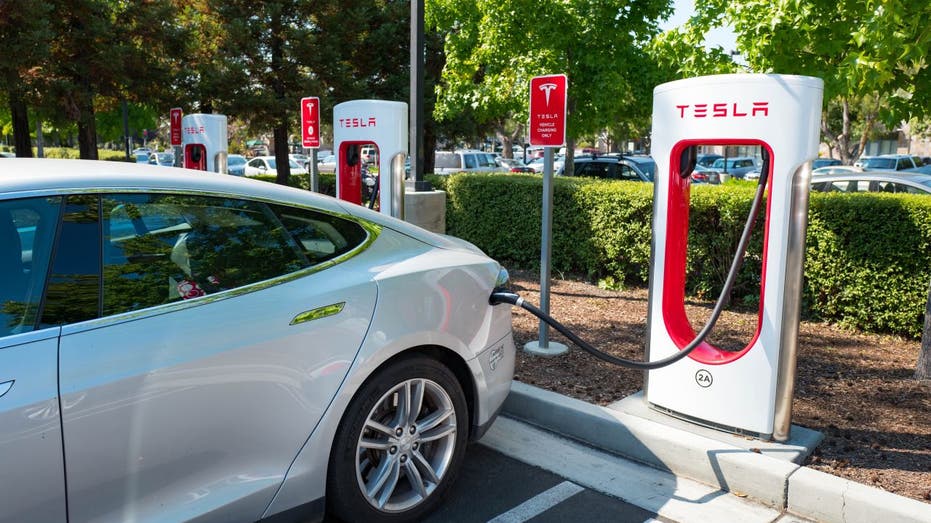Finance
Clean tech, AI boom straining US energy supply

The artificial intelligence (AI) boom, increased clean technology manufacturing and cryptocurrency mining are straining U.S. energy supplies as energy sources struggle to keep pace with rising demand.
Rising industrial demand from tech companies — which are operating data centers and training AI models — electric vehicles, manufacturers and emerging technologies like cryptocurrency has created a large uptick in demand for energy generation. The retirement of fossil fuel and nuclear power plants as the demand for electricity rises is placing increased strain on the nation’s energy supply.
The North American Electric Reliability Corporation (NERC), a not-for-profit regulator that looks to ensure reliable and efficient energy access in the U.S., Canada and part of the Baja region of Mexico, produces reports on the adequacy of the energy supply for the summer and winter seasons as well as long-term reliability assessments.
NERC’s most recent long-term reliability assessment conducted in 2023 found that there were large, upward-demand shifts for energy in the winters of 2020 to 2023. It also projected that demand in the summer of 2024 would reach its highest level since 2016 and that winter demand would hit its highest level since at least 2015.
RECORD-BREAKING TEMPERATURES IN US SKYROCKET MONTHLY SPENDING
The report also flagged several risks to reliable energy supplies in its various transmission regions, with much of the area stretching from Canada near the Great Lakes and Mississippi River south to the Gulf of Mexico marked as a high-risk area for capacity shortfalls in the next four years. Further, most of the states west of the Mississippi and the northeast area were flagged as elevated risk areas.
“The [Bulk Power System] is currently forecast to have its highest demand and energy growth rates since 2014, mainly driven by electrification and projections for growth in electric vehicles over this assessment period,” NERC wrote.
NERC added that resource growth is “becoming more challenging” as fossil fuel generation sources are retired and “[m]ore than 83GW of generator retirements are planned through 2033, and more are expected. Generation plans need to consider growing energy needs and grid stability.”
GA NUCLEAR POWER REACTOR ENTERS COMMERCIAL OPERATION, 1ST NEW AMERICAN REACTOR BUILT FROM SCRATCH IN DECADES

Andy Cvengros, the managing director of data center markets at commercial real estate firm JLL, told The Washington Post, “Across the board, we are seeing power companies say, ‘We don’t know if we can handle this; we have to audit our system; we’ve never dealt with this kind of influx before.'”
OpenAI CEO Sam Altman said at the World Economic Forum in January that an energy breakthrough like broader adoption of nuclear fusion is needed for AI to achieve its full potential. Large language models that power AI tools like ChatGPT are trained on massive amounts of data in large data centers that consume substantial amounts of energy.
“There’s no way to get there without a breakthrough,” Altman said. “It motivates us to go invest more in fusion.”
‘COSTLY’ ESG STANDARDS, CLIMATE POLICIES WILL ULTIMATELY REDUCE FOOD AND ENERGY SUPPLIES: REPORT

Altman personally invested $375 million in private nuclear fusion company Helion Energy in 2021, which has since signed a deal to provide energy to Microsoft — a key financial backer and partner of OpenAI.
Other emerging technologies like cryptocurrency are contributing to the strain on the electric grid. Crypto mining is an energy-intensive activity to the extent that the federal Energy Information Administration (EIA) is looking to collect data from crypto miners to better understand the extent of their power consumption.
The EIA withdrew its initial data collection plan last week amid pushback from the crypto industry on the grounds that such data is proprietary. The agency said it plans to publish a new proposal and go through the federal rulemaking process with a public comment period before the plan moves ahead.
Read the full article here


















